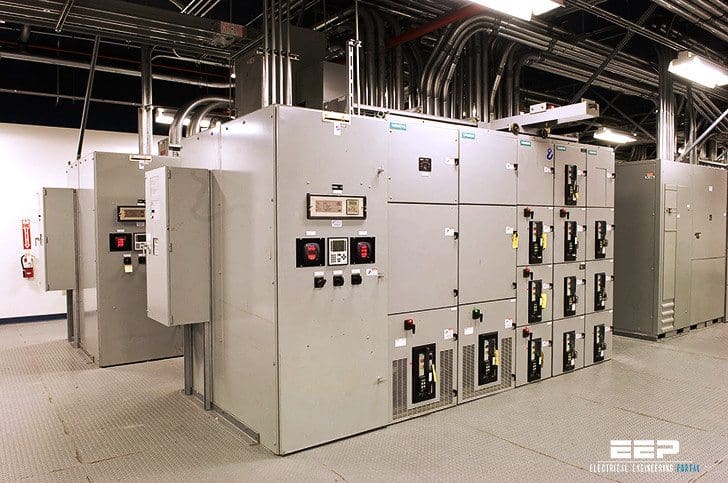Synergy Unleashed: The Intersection of Architectural Design and Electrical Engineering Services

In the realm of construction and infrastructure development, the collaboration between architectural design and electrical engineering services forms a powerful synergy that drives innovation and functionality. By merging the creative vision of architectural design with the technical expertise of electrical engineering, projects can achieve exceptional results. On this page, we explore the dynamic relationship between architectural design and electrical engineering services, highlighting the significance of these collaboration and the benefits it brings to the built environment.
The Role of Architectural Design in Electrical Engineering Services
Architectural design lays the foundation for a project's aesthetics, functionality, and purpose. It involves creating spaces that meet up with the needs of users while embodying the desired style and character. In the context of electrical engineering services, architectural design influences the layout, spatial considerations, and overall integration of electrical systems. Collaboration between architects and electrical engineers means that electrical infrastructure seamlessly integrates with the architectural design, maintaining the project's integrity and enhancing user experience.
Integration of Electrical Systems in Architectural Design
Electrical engineering services play a pivotal role in the integration of electrical systems within architectural designs. These systems encompass power distribution, lighting, HVAC (heating, ventilation, and air conditioning), fire protection, security, and more. Collaborating early in the design phase allows electrical engineers to understand architectural requirements, identify challenges, and propose innovative solutions for system integration. This integration not merely ensures efficient functionality but additionally enhances energy efficiency, sustainability, and occupant comfort.
Enhancing Energy Efficiency and Sustainability
Architectural design and electrical engineering services share a standard goal of promoting energy efficiency and sustainability. By leveraging renewable energy sources, intelligent building automation systems, and energy-efficient lighting solutions, the collaboration between the two disciplines can optimize energy consumption and reduce environmental impact. Implementing sustainable design strategies such as passive solar design, daylight harvesting, and energy management systems plays a part in creating environmentally responsible buildings that align with global sustainability goals.
Go to the website in Smart Buildings and IoT Integration
The evolution of technology has led to the rise of smart buildings and the web of Things (IoT). Architectural design and electrical engineering services collaborate to integrate intelligent systems and IoT devices seamlessly. These include smart lighting, occupancy sensors, energy monitoring systems, and automated controls. By combining their expertise, architects and electrical engineers can make intelligent, connected spaces that enhance occupant comfort, improve operational efficiency, and optimize energy usage.
Safety and Compliance Considerations
Safety is a critical facet of both architectural design and electrical engineering services. Collaborative efforts make sure that electrical systems stick to industry standards, codes, and regulations while maintaining the archtectural steadfastness of the project. From fire safety precautions to electrical load calculations and emergency lighting design, architects and electrical engineers work together to create safe environments that protect occupants and assets.
Future Trends and Technological Advancements
The collaboration between architectural design and electrical engineering services is poised to embrace future trends and technological advancements. This includes the integration of renewable energy systems, advancements in building automation, and the adoption of energy storage solutions. Additionally, the rise of electric vehicle infrastructure and the demand for smart cities present exciting opportunities for architects and electrical engineers to shape the continuing future of sustainable, interconnected urban environments.

The powerful collaboration between architectural design and electrical engineering services fuels innovation, functionality, and sustainability in the built environment. By combining creative vision with technical expertise, projects can perform exceptional results that prioritize aesthetics, user experience, energy efficiency, and safety. The ongoing synergy between these disciplines paves the way for another where architectural design and electrical engineering work hand in hand to shape remarkable structures that harmonize making use of their surroundings and meet the evolving needs of society.
